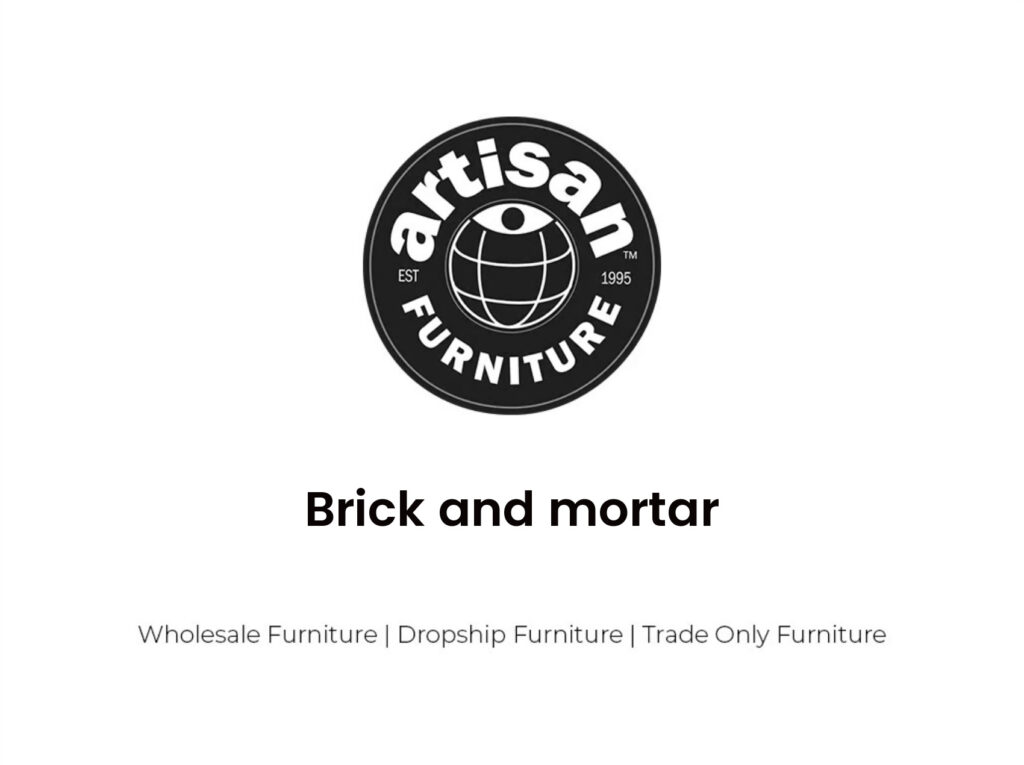Brick and mortar
Brick and mortar, often known as bricks and mortar or B&M, describes a company’s or organization’s physical presence inside a building or other structure. The phrase “brick and mortar business” is frequently used to describe an organisation that owns or rents retail stores, manufacturing buildings, or warehouses for its operations. Brick-and-mortar businesses are enterprises that have a physical presence (for example, a retail shop in a building) and provide in-person customer experiences, according to the lingo used by e-commerce corporations in the 2000s.
This concept is typically used to contrast with a transient business or an Internet-only presence, such as totally online shops, which do not have a physical location where customers may visit, speak with personnel in person, touch and handle things, and make purchases directly from the company. However, these internet enterprises typically have private physical locations where they either conduct business activities (such as the corporate headquarters and back office facilities) or store and distribute goods, such as warehouses. For brick-and-mortar businesses as opposed to online ones, issues including foot traffic, storefront exposure, and appealing interior design are relevant. An online-only business requires a website that is appealing and well-designed, a trustworthy e-commerce system for payments, a good delivery or shipping service, and efficient online marketing strategies to increase website traffic.
Governments are also implementing e-government strategies, which give citizens online access to fill out government forms, pay taxes, and register for government programmes. These strategies aim to reduce brick-and-mortar costs (building leasing/purchase, staff costs), while also enhancing citizen services (by providing 24/7 access to information and services).
It is impossible to pinpoint the exact beginning of brick and mortar businesses, but they can be found in the earliest marketplaces in the earliest towns (as early as 7500 BCE), where traders brought their handmade goods like pottery, handmade clothing, and agricultural products to sell in a village market. Even while numerous stores and services, including consumer electronics stores, apparel boutiques, and even grocery stores, have started to provide online shopping, brick and mortar establishments still play a significant role in the 2010s. In order to provide goods and services to customers, physical presence has been essential throughout history. This physical presence can take the form of a retail store, a customer service location with staff, where customers can go in person to ask questions about a product or service, or a service centre or repair facility where customers can bring their products.
In the 19th and the early to mid-20th centuries, every major retailer began with a modest brick-and-mortar presence that grew as the companies grew. The importance of having a physical presence is best illustrated by McDonald’s, a corporation that began with one tiny restaurant and has since expanded to approximately 36,000 outlets in more than 120 countries. [3] Many small businesses only have a limited number of brick and mortar establishments, such diners or dry cleaners, as part of their business plan. But even service-based companies can use websites and “apps” to expand their customer base or enhance their offerings. For instance, a dry cleaning business could utilise its website to inform clients about the opening times and location(s) of its brick and mortar locations.


